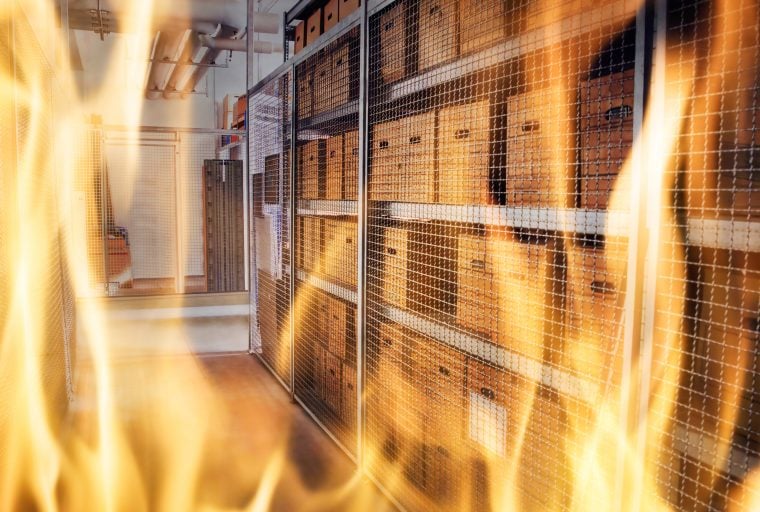Bitcoin Hashrate Distribution
As block problem elevated, miners turned primarily to GPUs. If you’re not impressed, we don’t blame you!
What Are Coin Mining Pools?
They have the best miner available. Unfortunately, they already sold out of their first batch however https://www.sogou.com/web?query=cryptocurrency+trading a new batch should be out there for sale soon.
When ASICs hit the market, the blockchain’s validation course of became extra centralized than decentralized, as the majority of validation is done by a single mining firm, somewhat than being unfold out amongst many miners. Unfortunately, Bitcoin is not bitcoin bingo as decentralized as it was once intended to be. ASICs rendered GPUs useless. ASIC builders, together with Bitmain, granted early access to massive mining cartels rather than the typical particular person.
On prime of that, serious miners have built large arrays to mine, making it tougher for smaller miners to compete. You can join a bitcoin mining pool to be simpler, but that comes with a payment, reducing your profits. First-time miners who lack significantly powerful hardware ought to have a look at altcoins over bitcoin – particularly currencies based on the scrypt algorithm somewhat than SHA256. This is because the difficulty of bitcoin calculations is far too high for the processors present in common PCs. One methodology of mining that bitcoin facilitates is “merged mining”.

When there may be extra computing power collectively working to mine for bitcoin, the problem stage of mining will increase in order to hold block production at a secure rate. Less computing power bitcoin circuit means the problem level decreases. To get a sense of simply how a lot computing power is involved, when Bitcoin launched in 2009 the initial issue degree was one.
What is Bitcoin’s Lightning Network?
Every 2,016 blocks — at a price of six blocks an hour, roughly each two weeks — the mining problem is recalculated. Mostly it increases as more miners and mining hardware be a part of the network, but when the overall mining energy were to scale back, then the difficulty would lower to keep up a roughly 10-minute block-generation time. Prospective miners obtain and run bespoke mining software https://blockchaincasinos.online/ program — of which there are several in style choices — and often join a pool of other miners doing the identical factor. Together or alone though, the software program compiles latest Bitcoin transactions into blocks and proves their validity by calculating a “proof of work,” that covers the entire information in those blocks.
- Basically, a miner’s laptop spits out hashes at a fee of megahashes per second (MH/s), gigahashes per second (GH/s), or even terahashes per second (TH/s) relying on the unit, guessing all attainable 64-digit numbers until they arrive at an answer.
- When bitcoin was first mined in 2009, mining one block would earn you 50 BTC.
- The operators of“BitClub Network,” a purported mining pool operation, fooled traders by posting imaginary returns on the Bitcoin mining operations—all while not truly mining any bitcoin.
- Nonetheless, mining for bitcoin requires large amounts of energy and sophisticated computing rigs, but more about that later as well.
- It represents a low-cost introduction to the complicated enterprise of Bitcoin mining.
- Participants with a small percentage of the mining power stand a very small chance of discovering the next block on their own.
In the long run, as the number of new bitcoins miners are allowed to create in every block dwindles, the charges will make up a way more necessary proportion of mining revenue. Bitcoin mining is deliberately designed to be resource https://blockchaincasinos.online/btircoin-trading-reviews/bitcoin-revolution-review-rating/-intensive and troublesome so that the number of blocks discovered every day by miners remains regular. Individual blocks must comprise a proof of work to be thought-about valid.

How does a block chain forestall double-spending of Bitcoins?
In an odd turn of occasions, following Chinese President Xi Jinping’s name for elevated efforts in blockchain improvement, China basically unbanned bitcoin mining in the last quarter of 2019. For a few years, China has persistently been a major market for bitcoin miners because of its low-cost electrical energy and affordable assets. Companies like Bitmain, F2Pool, and Canaan that account for a big portion of the Bitcoin network’s hashrate are all based mostly in China. “Regardless of the reasons, the effect is that the present Chinese hashrate ratio is likely larger than in June 2019. While we anticipate this ratio to fall once more as latest generation hardware additional makes its way into the non-Chinese market, on the time of writing, as a lot as sixty five% of Bitcoin hashpower resides within China – the highest we’ve seen since we started our community monitoring in late 2017,” the report learn.
You can use our calculator below to examine the mining hardware above. Input your expected electrical energy worth and the hash fee of the miner for an estimate.

But it’s important to keep in mind that 10 minutes is a objective, not a rule. A mining pool is a gaggle of miners who combine their computing power and split the mined bitcoin between individuals. A disproportionately large number of blocks are mined by swimming pools rather than by individual miners.
The rate is recalculated each 2,016 blocks to a worth such that the previous 2,016 blocks would have been generated in exactly one fortnight (two weeks) had everyone been mining at this problem. This is predicted yield, on average, one block each ten minutes. The major function of mining is to set the history of transactions in a way that’s computationally impractical to modify by any one entity. By downloading and verifying the blockchain, bitcoin nodes are in a position to attain consensus about the ordering of occasions in bitcoin. Mining is the process of adding transaction records to Bitcoin’s public ledger of previous transactions (and a “mining rig” is a colloquial metaphor for a single pc system that performs the necessary computations for “mining”.
Basically, a miner’s computer spits out hashes at a price of megahashes per second (MH/s), gigahashes per second (GH/s), or even terahashes per second (TH/s) relying on the unit, guessing all attainable 64-digit numbers till they arrive at an answer. In different phrases, it is a gamble. What miners are doing with those big computers and dozens of cooling followers is guessing at the target hash. Miners make these guesses by randomly generating as many “nonces” as attainable, as quick as attainable.

